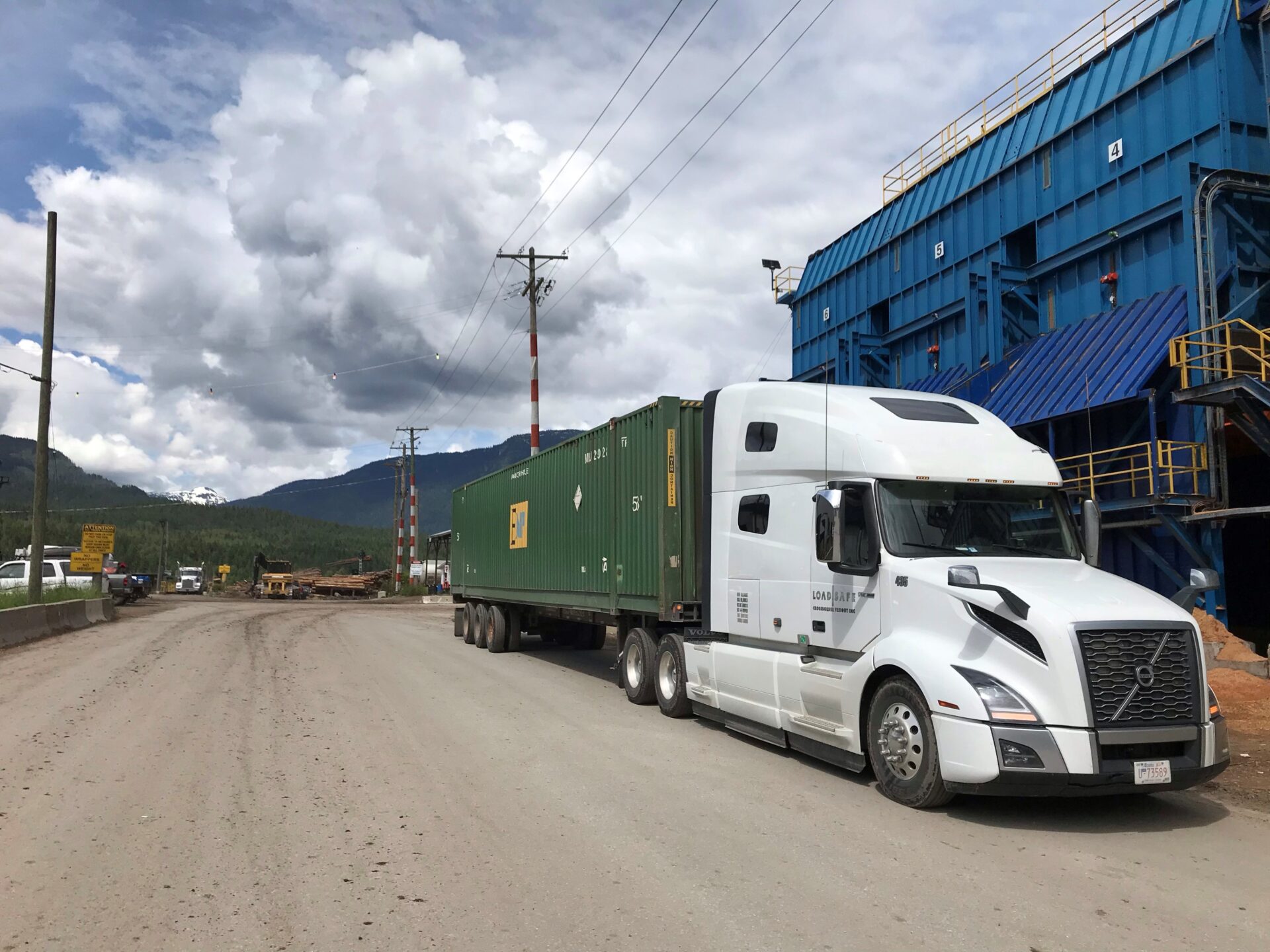Safely Shipping Hazardous Materials

Hazardous materials require special care and attention during the shipping process to ensure they are transported safely. This type of freight poses a risk to the container it’s travelling in as well as anyone handling it. Misconduct could be disastrous, and so the Government of Canada has set down specific rules and regulations for the safe transport of these goods. For shippers looking to move anything that falls under this comprehensive list, it is imperative to know the proper process.
Classification
Not to be confused with freight class, hazardous goods are categorized into nine different classes to help inform packaging, documentation, and other relevant processes.
- Class One: Explosives. Ie: fireworks and ammunition.
- Class Two: Gases. Ie: natural gas and aerosols.
- Class Three: Flammable Liquids. Ie: paint.
- Class Four: Flammable Solids. Ie: matches.
- Class Five: Oxidizing Substances & Organic Peroxides. Ie: hydrogen peroxide.
- Class Six: Toxic & Infectious Substances. Ie: cyanide and pesticides.
- Class Seven: Radioactive Material. Ie: uranium and some medical equipment.
- Class Eight: Corrosives. Ie: sulfuric acid.
- Class Nine: Miscellaneous. Ie: lithium-ion batteries and motor engines.
Certification
If your goods fall into any of these classes, you must undergo certification to handle or transport them. Luckily, you will only require training relevant to whichever classification you plan to handle. For example, if you ship hair care products and only ever work with Class Two goods, like hair spray, you will only need to be trained on Class Two. Anything above and beyond that is not legally required. Keep in mind that in addition to your own certification, your logistics company will also need adequate training.
Packaging and Documentation
The hazard classification will determine all subsequent requirements including packaging, marks, labels, and shipping paper requirements. This is why it is so important to ensure your goods have been properly classified. From here you may follow the guidelines set out in the Transportation of Dangerous Goods Regulations. Make sure to take note of seemingly small details like packaging material and quantity. All classes have a maximum quantity that can be moved at one time.
Hazardous materials are part and parcel to the success of many industries. Transporting them may take extra care and attention than your average shipment, but those special processes are designed to keep everyone safe and informed. If you’re looking for a carrier with experience in moving dangerous goods, consider working with our team at Loadsafe Crossborder. Request a quote here.
